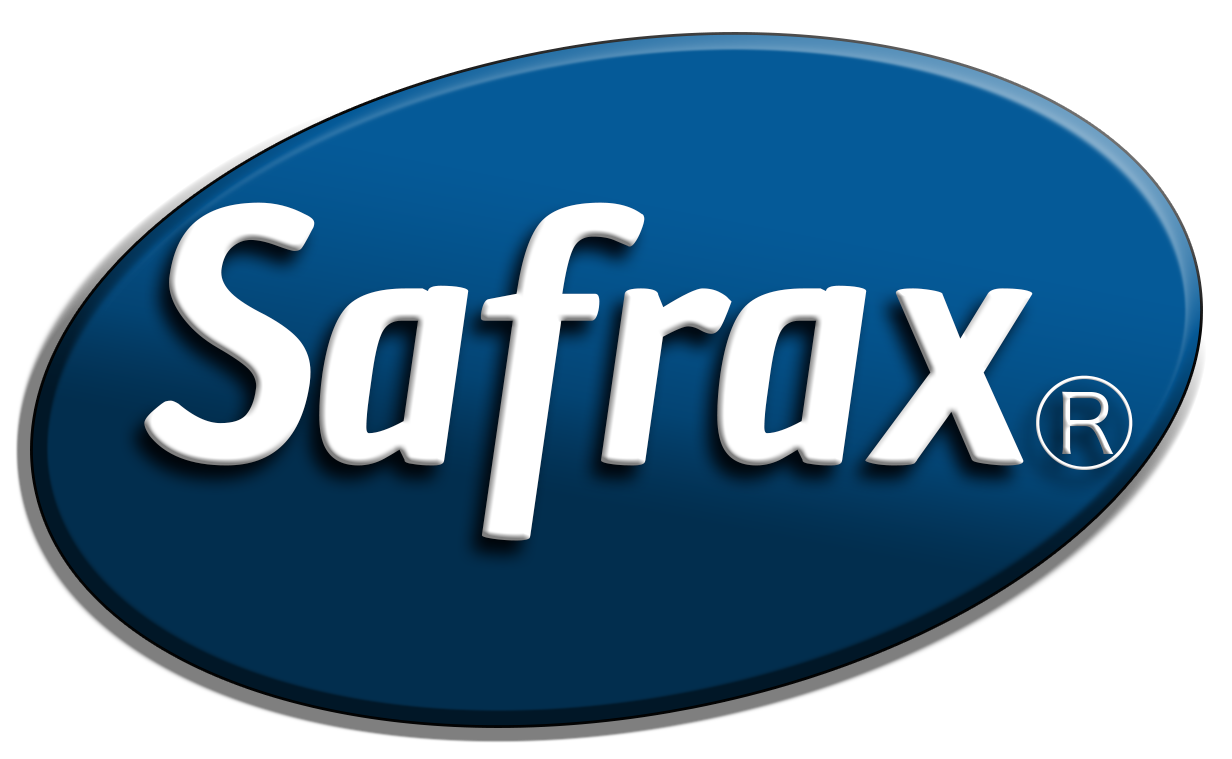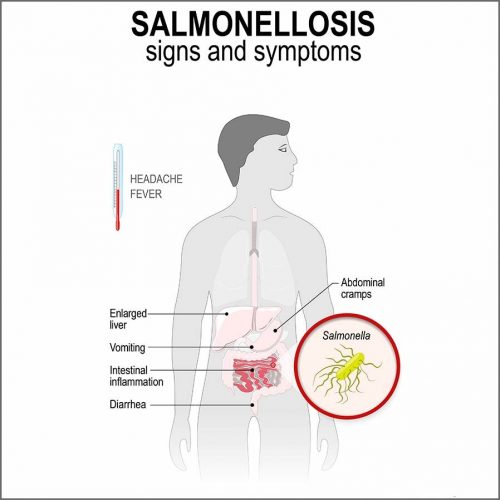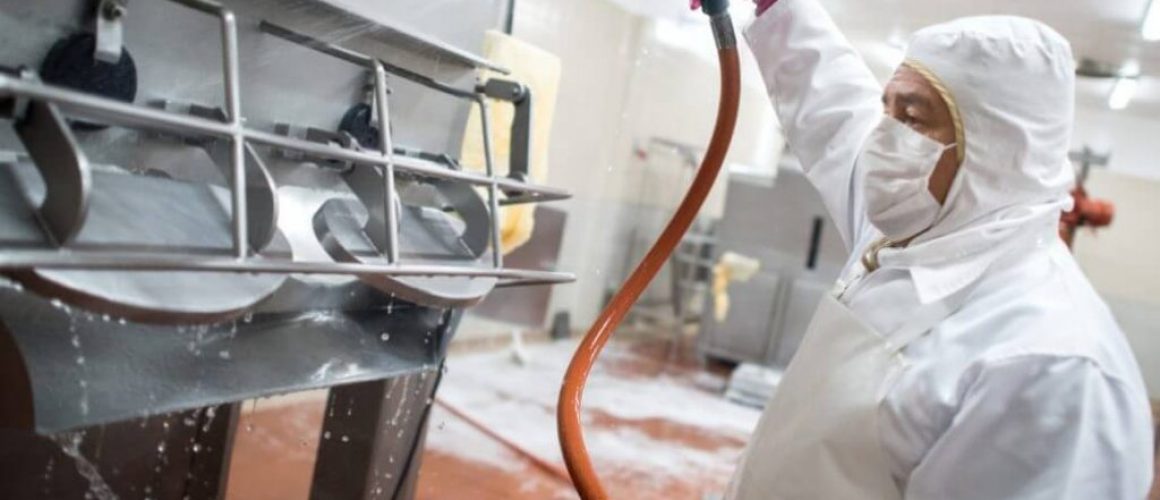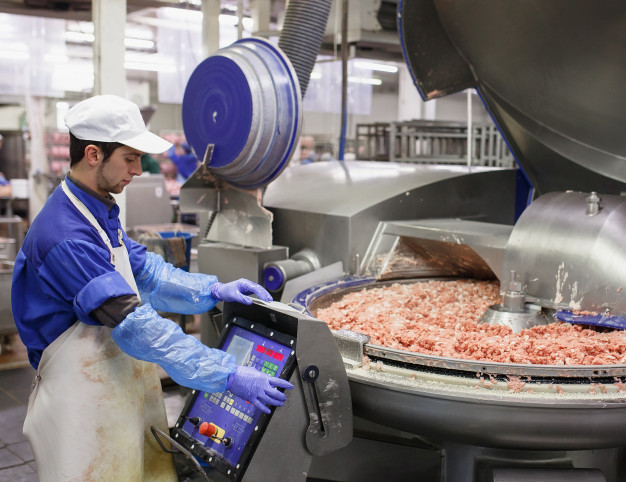Chlorine Dioxide for Sanitation in Meat Processing and Poultry Plants
While commercial processing facilities spend the majority of their time up and running, their most important activity occurs when the production floor is empty and silent.
Maintaining clean, sanitary workstations and equipment, particularly in food processing, is integral to public health and safety. In the United States, such standards are overseen by government agencies such as the EPA, CDC, and USDA.
Typical sanitation standard operation procedure (SSOP) for a meat processing plant
An efficient cleaning system can significantly reduce labor costs in meat and poultry plants. The optimal cleaning system depends on the type of soil and type of equipment present.
High-pressure, low-volume cleaning equipment is normally the most effective for removing heavy organic soil, especially when deposits are located in areas that are difficult to reach and penetrate. However, foam, slurry, and gel cleaning have become more prominent because cleaning is quicker and cleaners are easier to apply using these media.
Cleaning procedures
1 – Dry Cleaning: Removal of major food and scrap particles, product debris from the equipment.
2 – Wet cleaning: Performing a pre-rinse and removal of smaller product debris with water pressure.
The “soap and scrub” phase involves covering the room (walls, floors and equipment) with a foam cleaning agent. Water foam containing detergents and other cleaning agents is sprayed on wetted walls, floors and surfaces of equipment. The foam does not immediately run off but clings to the surfaces. This allows a longer-term contact on the surfaces to be cleaned. After a sufficient impact period (min. 15 minutes) the foam is washed down with water (water hose or low-pressure water spray).
Acid cleaning compounds are used most frequently to remove mineral deposits.
Alkaline cleaning compounds remove effectively organic soils.
3 – Sanitation: The equipment walls and floors are flooded with cool water and sanitizer. Sanitization term is used with disinfection of the contact surfaces by killing spoilage and pathogenic microorganisms in order to avoid all possible risks of microbial contamination.
Chlorine compounds provide the least expensive sanitizer for the destruction of residual microorganisms. But the emergence of highly virulent strains of pathogens requires new approaches to sanitization programs. SAFRAX has a variety of approved applications utilizing chlorine dioxide in food processing environments.
Chlorine dioxide, with its broad spectrum antimicrobial activity, has proven effective against a wide range of microorganisms. Chlorine dioxide, when properly applied, minimizes toxic residues as it doesn’t produce halogenated organic by-products. Chlorine dioxide is less corrosive to processing equipment, tanks, lines, etc., as it is true dissolved gas in water when compared to chlorine.
Chlorine dioxide is a very fast and powerful oxidizer used broadly in sanitation and disinfection applications. For clean-in-place (CIP) applications, water is injected directly into a facility’s fluid distribution network and circulated for a set duration of time. Compared with traditional chlorine chemicals or hot water, overall chemical costs are reduced, sewage disposal costs are lowered or eliminated, and system corrosion is diminished.

Our high performance Chlorine Dioxide offer you the greatest flexibility, it is designed to fit your specifications and needs, you have much greater control to achieve the results you want.
we can ensure consistent, reliable and efficient cleaning and sanitizing of your production facility. Our solutions can help you improve your product quality, increase shelf life, meet and exceed government regulatory guidelines, and save money by reducing your labor, chemical and utility expenses.
Our chlorine dioxide is designed to sanitize all types of surfaces regardless of their material of construction, including stainless and soft metals.
Food poisoning through micro-organisms present in the meat:
Food poisoning sets alarming situation for consumers. After consumption of meat contaminated with food poisoning bacteria, food poisoning results in severe illness with consumers needing intensive and costly medical treatments. Type of food poisoning observed due to bacteria are of two types:
Bacteria that cause food borne infections, cause sickness through microbial metabolic substances i.e. toxic substances released by the living microorganisms inside the human digestive tract. The best-known examples of food borne infections are those caused by SALMONELLA bacteria and entero-pathogenic form E-COLI, mostly type O157: H7 residing in faecal material, LISTERIA monocytogenes, CAMPYLOBACTER jejuni and, YERSINIA enterolytica. The Norovirus group can be responsible for food infections with similar, mainly gastro-intestinal symptoms, as bacterial food infection agents.

Food borne intoxication:
Microorganisms causing food borne intoxications produce and release the poison during their multiplication in the food. Upon ingestion by consumers of such food, which was heavily intoxicated outside the human body, severe gastro-intestinal food poisoning symptoms occur. Food borne intoxications are frequently caused by Staphylococcus aureus, and Cl. botulinum. Moulds are sometimes found on the surface of meat products after prolonged storage. Mold produce two types of toxins i.e. Aflatoxins (toxin of Aspergillus flavus) and Ochratoxin (toxin of Penicillium vividicatum).



